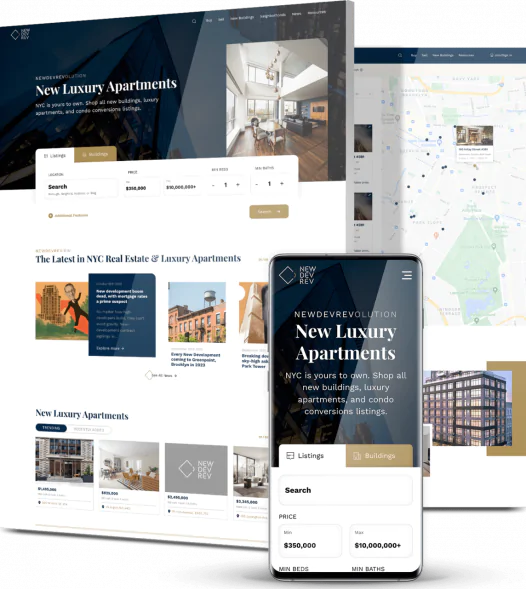Mobile App Development in 2025: Future-Proofing Your Business with Emerging Design & Tech Trends
As we look ahead to 2025, mobile apps continue to evolve at a lightning-fast pace. User expectations have never been higher. Businesses need to keep up not only with functional updates but also with UX/UI trends and performance optimization that can make or break the user experience.
At QuipSol, we specialize in helping businesses stay one step ahead. This article explores the key trends in mobile app design and development that will define success in 2025 — and how you can leverage them to future-proof your app.
1. Micro-Interactions & Micro-Animations — Small Touches, Big Impact
Modern apps don’t just look good; they respond and feel alive. Micro-interactions — subtle animations when a user swipes, taps, or hovers — create a sense of polish and attentiveness.
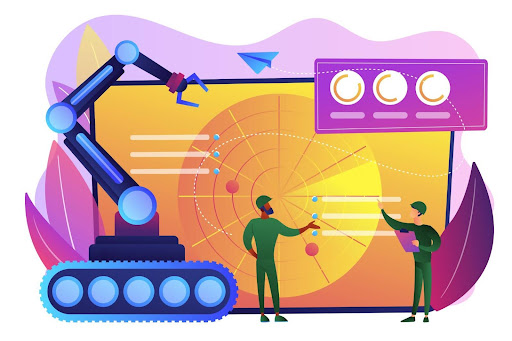
Why this matters:
- Micro-animations offer real-time feedback and help guide users smoothly through your app.
- Every tiny visual cue reinforces your app’s personality and enhances usability.
- From animating your menu toggles to smooth button clicks, these enhancements improve retention and delight.
QuipSol tip: Focus on performance-friendly micro-interactions built with lightweight CSS animations or SVGs to avoid bloating your app.
2. Personalization & AI-Driven Experiences
2025 will continue the rise of hyper-personalized mobile experiences powered by AI and machine learning.
Why this matters:
- Users want tailored experiences — personalized product suggestions, tailored content feeds, or location-specific offers.
- AI enables predictive behavior and dynamic layouts so that your app feels custom-built for every visitor.

QuipSol tip: Integrate AI-driven personalization engines to enhance engagement and maximize conversions. Consider using frameworks like TensorFlow Lite to implement on-device AI for faster and more private personalization.
3. Dark Mode & Adaptive Color Palettes as a Design Standard
Dark mode is no longer optional — it’s a must-have for mobile apps.
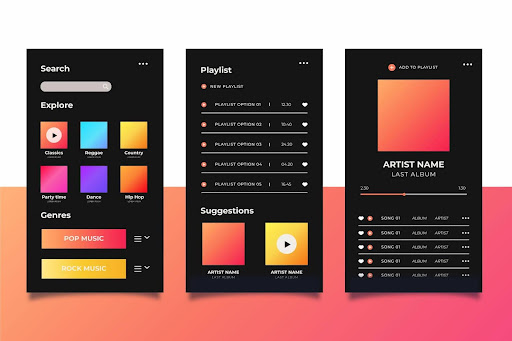
Why this matters:
- Reduces eye strain in low-light conditions and conserves battery life on OLED screens.
- Adaptive color palettes that shift based on system preferences help your app feel at home on any device.
QuipSol tip: Offer a seamless light/dark theme switch and optimize color contrast to meet accessibility guidelines like WCAG.
4. Voice User Interfaces (VUI) & Conversational Design
With the rise of Siri, Alexa, and Google Assistant, voice is becoming a mainstream interface — especially on mobile.
Why this matters:
- Voice-driven apps are hands-free and accessible to all types of users.
- Adding VUI expands usability and simplifies tasks like booking appointments or checking order status.
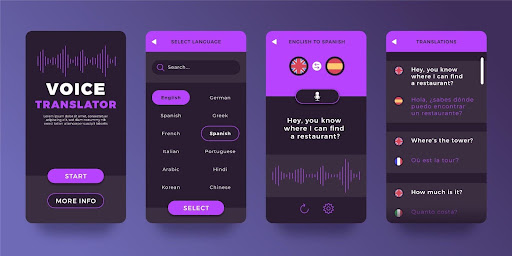
QuipSol tip: Optimize for long-tail, natural language queries. Ensure that audio feedback is intuitive so that users know when a voice command is successful.
5. Cross-Platform Development & Progressive Web Apps (PWAs)
In 2025, flexibility is key. Many businesses will embrace frameworks like Flutter, React Native, and PWAs to reach more devices faster.
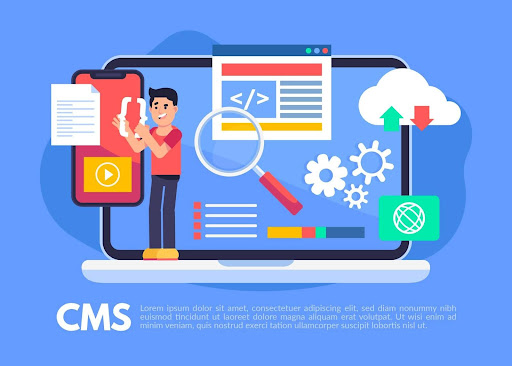
Why this matters:
- Cross-platform apps help reduce development time and cost by sharing a single codebase.
- PWAs offer app-like experiences directly in the browser — no download required.
QuipSol tip: Prioritize performance and offline-first capabilities. See Google’s PWA best practices to ensure your app is lightning-fast across devices.
6. Immersive AR & VR Experiences
Immersive features like Augmented Reality (AR) and Virtual Reality (VR) are moving beyond gaming into everyday mobile experiences — from virtual try-ons to interactive maps.
Why this matters:
- AR/VR offers more engaging and memorable interactions.
- Brands can use AR to simplify product exploration (e.g. furniture placement previews), boosting buyer confidence.

QuipSol tip: Optimize 3D assets and interactions for mobile devices. Look into frameworks like Apple’s ARKit or Google’s ARCore for seamless experiences.
7. Speed & Core Web Vitals — A Non-Negotiable
Fast load times and smooth interactions will continue to matter just as much as beautiful design.

Why this matters:
- Core Web Vitals — including Largest Contentful Paint (LCP), First Input Delay (FID), and Cumulative Layout Shift (CLS) — directly impact your app’s search rankings and retention rates.
- Poor performance frustrates users and drives them away.
QuipSol tip: Optimize images, leverage lazy loading, and fine-tune scripts. Use tools like Google’s PageSpeed Insights to continuously monitor and improve.
Conclusion — Future-Proofing Your Mobile Experience
As we head into 2025, it’s clear that mobile apps must evolve into more engaging, interactive, and responsive experiences than ever before. By staying on top of these design and tech trends — from voice interfaces to AR, from AI-driven personalization to Core Web Vitals — your app will not only look modern but will also keep your customers engaged and coming back.
At QuipSol, we help businesses embrace these trends and craft mobile solutions that truly resonate. Ready to build or upgrade your mobile app for 2025? Let’s talk — and make your app future-proof!
👉 Contact QuipSol today and discover how we can help you leverage the latest trends for success.



